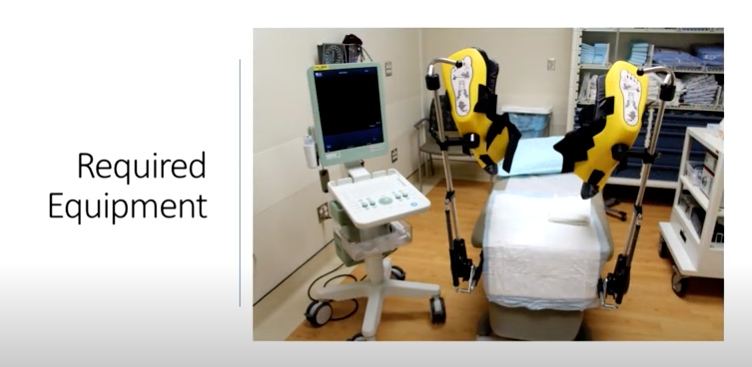Article
Autologous mini-jupette fascial sling
This video from Faysal A. Yafi, MD, demonstrates the placement of the Adrianne “mini-jupette” sling for the treatment of erectile dysfunction and climacturia in a post-prostatectomy patient.
The video above, from Faysal A. Yafi, MD, as well as videos from Laurence A. Levine, MD, and Robert J. Valenzuela, MD, provide expert techniques in placement of a three-piece penile prosthesis and male urethral mini-sling in men with erectile dysfunction and climacturia following radical prostatectomy. Commentary on the videos is provided by Dr. Valenzuela, director of penile prosthesis surgery and assistant professor of urology, Icahn School of Medicine at Mount Sinai, New York, and 'Y'tube Section Editor James M. Hotaling, MD, MS, assistant professor of surgery (urology) at the Center for Reconstructive Urology and Men's Health, University of Utah, Salt Lake City.
This video demonstrates the placement of the Adrianne “mini-jupette” sling for the treatment of erectile dysfunction and climacturia in a post-prostatectomy patient.
Dr. Valenzuela: The “mini-jupette” procedure is performed through a transverse scrotal incision. Dissection at the level of the corpora and urethra is carried out in a standard form. The sites of the corporotomies are measured and marked to approximately 3 cm. Note that the sites of the corporotomies are lateral and away from the urethra to ensure distribution of tension and that the sling is away from the urethra.
The distance from each corporotomy is measured at the distal and proximal corners. In this case, the distance is 3.4 cm and was upsized to account for bunching and contraction of the graft. In this video, Dr. Yafi has chosen to use an autologous graft harvested from the rectus fascia through a separate suprapubic incision. After the corporotomies are created and the corpora has been dilated, the autologous graft is secured to the medial corners of the corporotomies. The prosthesis is placed without difficulty due to the large corporotomies.
Closure of the corporotomies is carried out in a running stitch form to ensure the graft remains flat. The pump of the prosthesis is placed in a dependent portion of the scrotum and the overlying dartos is closed to ensure the pump remains in this position. In this case, the reservoir was placed in a submuscular space through the inguinal ring.
Dr. Hotaling: This video not only provides an excellent description of this novel technique but also reports on a small series complete with complications of the technique and an honest assessment of its strengths and limitations. Further, measurement of the distance between the corporotomy and tailoring of the autologous graft adds to the reproducibility of this technique. Dr. Yafi also demonstrates harvest of an autologous graft, which can be a good option for many patients and reduces the cost of the surgery.
Dr. Yafi is assistant clinical professor of urology and director of men's health, University of California, Irvine.
'Y'tube Section Editor James M. Hotaling, MD, MS, is assistant professor of surgery (urology) at the Center for Reconstructive Urology and Men's Health, University of Utah, Salt Lake City.

















